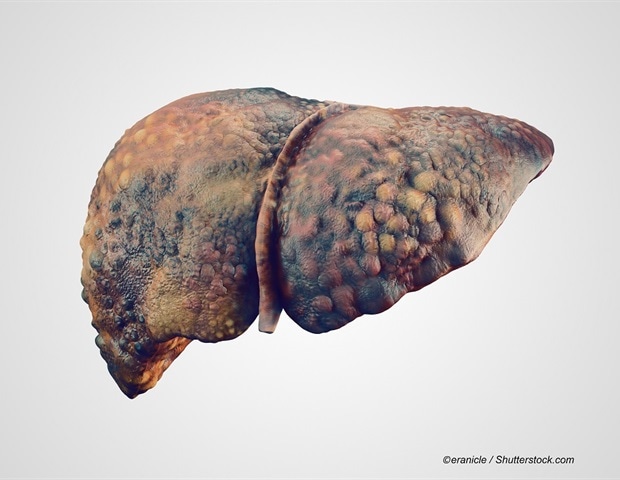Researchers employed a machine learning technique known as random forest analysis and found that it significantly outperformed traditional methods in predicting which hospitalized patients with cirrhosis are at risk of death, according to a new paper published in Gastroenterology.
This gives us a crystal ball – it helps hospital teams, transplant centers, GI and ICU services to triage and prioritize patients more effectively.”
Dr. Jasmohan S. Bajaj, study’s corresponding author
Key findings:
- Data analyzed from 121 hospitals worldwide, which were part of the CLEARED consortium.
- The model performed consistently across both high- and low-income countries.
- It was validated using National U.S. veterans’ data and remained accurate.
- The tool maintained strong performance even when limited to just 15 key variables.
- Patients were accurately grouped into high-risk and low-risk categories, making the model scalable and clinically practical.
Explore the model in action here: https://silveys.shinyapps.io/app_cleared/.
This paper is one of three studies recently published on this topic in the American Gastroenterological Association’s journals. One was a worldwide consensus statement on organ failures, including liver in cirrhosis patients, while the second study identified specific blood markers and complications that influence the risk of in-hospital death, focusing on liver failure biomarkers.
“Liver disease is one of the most underappreciated causes of death worldwide – alcohol, viral hepatitis, and late diagnoses are major drivers,” Bajaj said. “When someone is hospitalized, it’s often because everything upstream – prevention, screening, primary care – has already failed.”
Source:
American Gastroenterological Association
